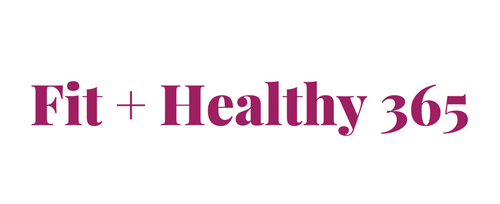One of the more common questions I get as a Personal Trainer is “how many reps and sets should I do?” followed by “and with what weight?”
It seems like a simple question, but in fact, there is no default/standard answer. It will be different for everyone because it’s based on goals and level of experience.

First, some definitions.
Reps (Repetitions) -> One repetition is one time of moving the weight from your starting point to your finishing point and back again.
Set -> A set is one round of an exercise or group of exercises. For example, if you are doing legs, 1 set could be 10 squats or it could be 10 squats followed immediately by 10 deadlifts (when you group 2-3 exercises together it’s called a Super Set).
Intensity -> This is essentially how heavy/light the weight is for an exercise. Lower intensity means the weight is lighter and easier; higher intensity means the weight is heavier or harder.
Generally, intensity and reps are related. The less intense, the more reps you can do, whereas the more intense, the less reps you can do.
Why does this matter? Because your goal will dictate the ideal level of intensity (and therefore reps).
Rep Ranges for Weight Training Goals
- Strength: 1-5 Reps per Set
- Increase Lean Muscle Mass (also referred to as Hypertrophy): 8-12 Reps per Set (no ladies, this won’t make you bulky!)
- Endurance: 15-20 Reps per Set
Of course, you will build strength, muscle and endurance using any rep range; these are just the ideal for those specific goals.
Now, What About Sets?
Again, there are some guidelines related to goals. These aren’t hard and fast rules, but general recommendations.
- Strength: 2-3 sets per exercise
- Hypertrophy: 3-5 sets per exercise
- Endurance: 2-3 sets per exercise
How Much Weight To Lift
So what does all this tell you about how much weight to lift? I always tell my personal training and online coaching clients – “let the reps dictate the weight”.
If your program tells you to lift 10-12 reps, choose a weight you can do for at least 10 reps, but that is getting difficult by 11 or 12 reps. If you can do the exercise easily for more than 12 reps, you need to go heavier. Similarly, if the reps are 3-5, choose a weight (it will be heavy) that get difficult by the 5th rep.
Note: by difficult I mean you can still do it properly and with good form. If your form is suffering before you complete your set, the weight is too heavy and you need to decrease it a little.
Keep in mind that your first set will likely be different than your third or fourth set. As your muscles fatigue you may need to decrease the weight. Again, let the reps (and your ability to reach it with good form) dictate.
How Long To Rest Between Sets?
Higher intensity (heavier weights) requires a longer rest, whereas lower intensity, less rest. With lighter weight and more reps, rest between 30-60 seconds. For moderate weight/reps, rest between 60-90 seconds. With heavy lifting, rest 60-120 seconds.
Unless you are lifting to your one rep max (1RM) you shouldn’t be resting more than 2 minutes (120 seconds). Which means… watch your rest times! No surfing on your phone, chatting with other people, long water breaks. To help, set a timer (your phone probably has one) and start right back again when it beeps.
One last piece of advice — don’t stress too much over this!! As long as you are staying safe and watching your form, a few more/less reps or sets doesn’t really matter. Don’t let trying to hit the targets exactly hold you up or worry you. They are simply guidelines to follow. The important thing is to keep working and continually challenge your body.
![]()

